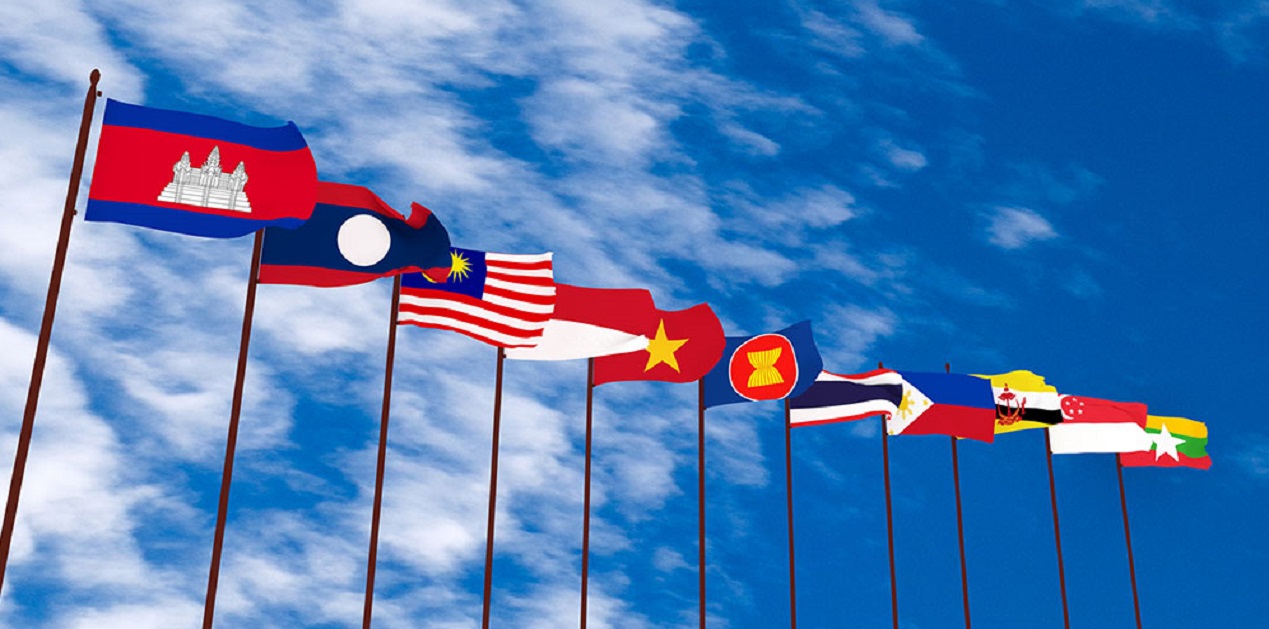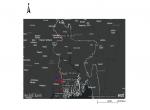Since the advent of the Indo-Pacific paradigm and the Quad, there has been a sense of pessimism from the ASEAN about these new developments. The overarching sense is that both the Indo-Pacific and the Quad will upset regional dynamics and ASEAN will be reduced to a second fiddle. This commentary would take a look at this issue.
ASEAN’s stature as the lynchpin of Southeast Asian security management faces several challenges. It is argued that the formation of the Quadrilateral Security grouping (Quad) is one such challenge that may reduce it relevance. However, that is incorrect. While it is true that ASEAN as a security organisation has come under strain, the Quad or the Indo-Pacific is not responsible for it. Rather one can argue that the other mechanisms have come about because the ASEAN to an extent has not been able to measure up to regional challenges. On the other hand one could say that perhaps this is a superficial rhetoric. It is important to look at this issue dispassionately.
The first signs of cracks within the ASEAN came during the ASEAN summit in 2012 when as its Chair, Cambodia did not consent to inclusion of the South China Sea issue, hence the grouping failed to issue a joint statement. This episode was a wake-up call about China’s influence on certain members. For the first time the world saw that all is not well within the organisation. This instance meant that ASEAN was far away from its goal of establishing a political and security community. ASEAN as an economic community was feasible, since there was little to disagree about achieving national and regional prosperity. But as far as ASEAN political and security community was concerned, that always seemed far-fetched. In order to build a security community, all the ten members would be required to have the same security perspective which was hardly the case. Out of the ten ASEAN members, only Vietnam, Philippines, Brunei, Malaysia were party to the South China Sea dispute. Both Laos and Cambodia do not support Vietnam’s position on the ASEAN code of conduct for the South China Sea. The rest of the members, while advocates of peaceful resolution of disputes, did not face the same threat. Naturally, their outlook towards China and other major powers was not going to be the same.
ASEAN originated in 1967 as a bulwark against communism at a time when the Cold War was bifurcating the world. Eventually the organisation expanded to include all the ten states of Southeast Asia. The grouping was heterogeneous, in terms of political system and socio-economic development, from a ‘first world’ Singapore to less-developing countries of Indo-China. In a display of pragmatism, ASEAN charter adopted the twin principles of consultation and consensus. A majority-vote mechanism like the EU was going to be unsuitable for ten nations when cohesion was the foremost priority. Consultation-consensus has served well to keep the grouping intact and fostered a sense of community through political equality. Yet this was also instrumental in stymieing action. South China Sea is as cited the prime example, but even then, China has not been successful in pushing its way for bilateral negotiations.
ASEAN also took a fairly long time to establish its position on the Indo-Pacific. Despite some differences the organisation was able to promulgate its policy, and emphasised ASEAN centrality. The latest challenge to ASEAN comes from one of its difficult member-Myanmar. ASEAN strictly follows the principle of non-interference in domestic matters of each other, hence it cannot ‘intervene’ in the current situation. While these principles serve as the glue, it also leaves room open for extra-regional powers.
Besides, the biggest challenge to ASEAN comes in the form of China. ASEAN’s modus operandi served well for regional security as long as China lay low and bid its time. Today, China is a global challenge. Therefore, the interests of other major powers or extra-regional powers is a natural development. India and China border instances in 2020 have changed the bilateral dynamics fundamentally. Japan faces territorial dispute in the Senkaku. Australia’s trade dependence on China and the latter’s influence in its domestic matters has alarmed Canberra. Furthermore, China’s refusal to adhere to extant international laws, its naval ambitions, its record of nuclear proliferation, its role in and its conduct during the COVID-19 pandemic - are essentially global issues. South China Sea reclamation is just a glimpse of China’s approach to world’s oceans. Can ASEAN manage these issues by itself? The security environment in Asia has changed and therefore new paradigms like the Indo-Pacific were a logical evolution.
Another factor to ASEAN’s evolution has been in the growth of its members whose interests lie beyond Southeast Asia or who have to look for security over and above ASEAN. When it comes to regional organisations, one often misses the point that organisations have a certain mandate and a shelf-life. Thereafter a metamorphosis is anticipated-Brexit is a recent example. This is not to imply that time is ticking on ASEAN, but organic changes are natural. ASEAN has already shown its resilience when it was able to promulgate the ASEAN Outlook on the Indo-Pacific, by overcoming its initial reservation on the subject. In recognition of ASEAN’s importance, the Quad and other major powers have upheld ASEAN centrality to their vision of the Indo-Pacific. This indicates that ASEAN can adapt to change. Over the years it has also engaged and enmeshed all the major global powers. ASEAN would perhaps prudently reassess its role under current geopolitics and tether its expectations accordingly. The ultimate question is, what happens to ASEAN henceforth?
Voices within Southeast Asia are also concerned with China, but they have to equally live with the tyranny of geography. ASEAN fears a return of Cold War dichotomy. But this sentiment is not exclusive to Southeast Asia. Today, no country would want to pick a side between the US or China. (Albeit there’s variance in its vulnerability to such systemic pressures.) The support for strategic autonomy and multilateralism is strong amongst numerous countries. India highly values these ideals. ASEAN therefore, is significant. It has the political might to ensure support for strategic autonomy. ASEAN cannot be written off.
During the Myanmar crisis, few thought that ASEAN may want to review its principle of non-interference or consensus. The members are the best judge to make such suggestions. The organisation should remain open to change and adoption of new principles and initiatives to be able to strengthen itself for future challenges.











Post new comment